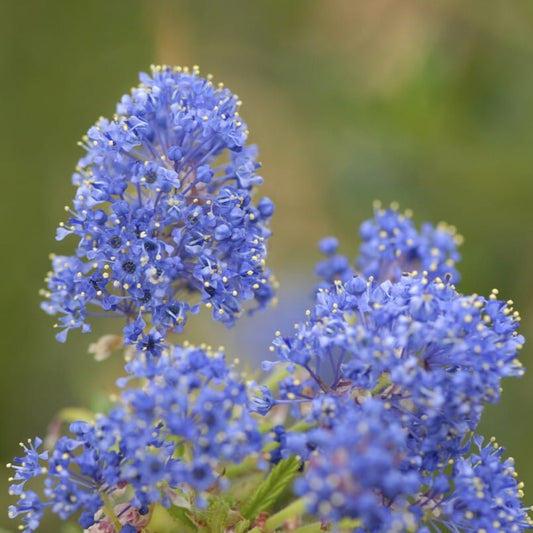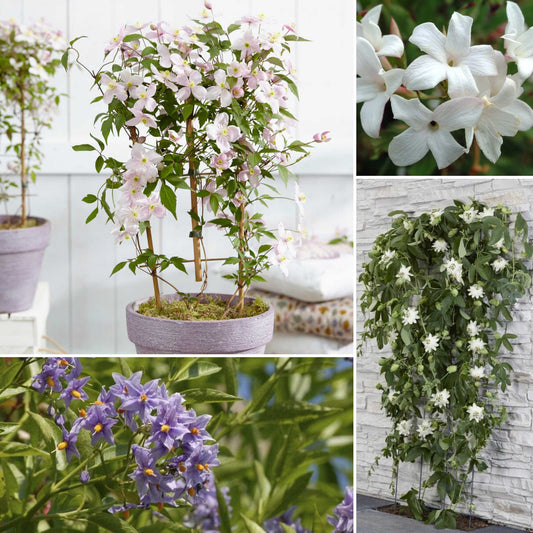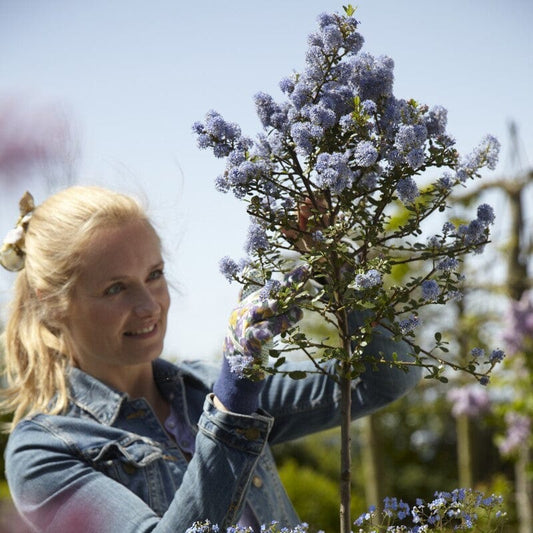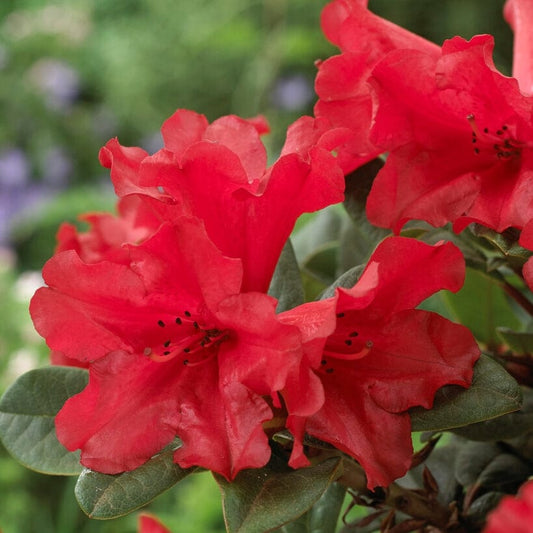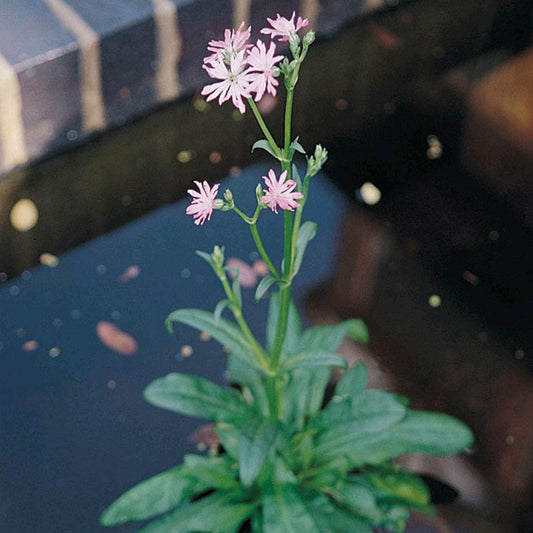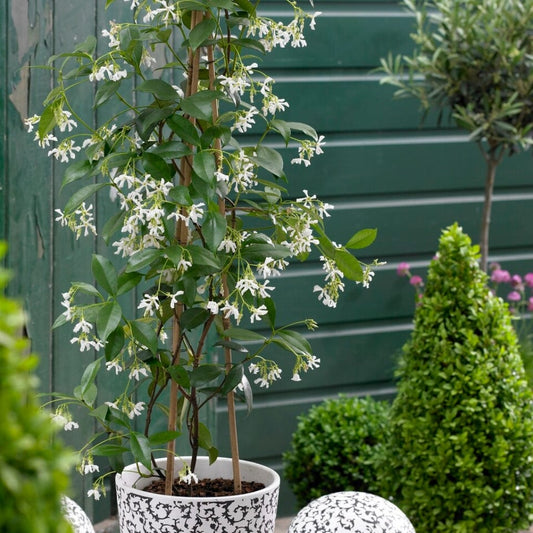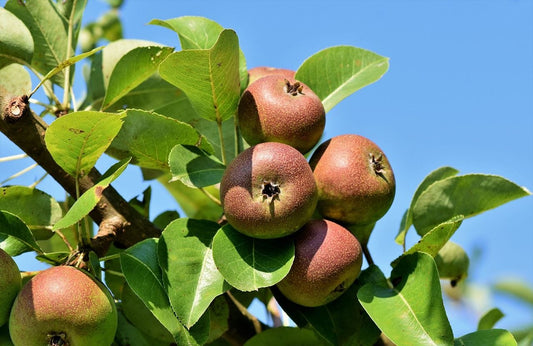
Roots' Cotswolds Valley Nursery
Meet Alice
Putting shrubs in the starlight (and boy do they shine…)
From tending Shakespeare’s gardens to nurturing citrus plants in National Trust orangeries, Alice has a wealth of knowledge and experience working at some of the very finest spaces. With a team of dedicated growers on hand to help, Alice utilises our industry-leading nursery (and the lovely, fertile conditions of the Cotswolds) to grow shrubs that aren’t just good-looking, they’re good-growing too.
Ceanothus FAQs
What is ceanothus?
Ceanothus is a flowering shrub that originated in North America. It’s also known as California Lilac and can be recognised by its gloriously bright blue flowers and the crowds of bees it attracts.
Can ceanothus thrive in the UK climate?
Ceanothus is a hardy shrub (most varieties are rated H4 or H5) and will grow well in the UK climate without winter protection.
What type of soil does ceanothus prefer?
Ceanothus is a good choice for most soil types, including sand, loam or even poor, gravelly soils. It doesn’t like clay however, so if this is your soil type, mix in plenty of fine gravel and compost before planting, to improve the drainage.
What is the best location to plant ceanothus?
Ceanothus can tolerate light shade, but you’ll get the best flowers by planting it in a sunny position, where it will get at least six hours of sunlight daily. A south or west facing spot is ideal.
How often should I water ceanothus?
Newly planted ceanothus will need regular watering, but once they’re established, these plants are drought tolerant and will only need watering during hot or dry weather.
When is the best time to plant ceanothus?
You can plant a potted ceanothus plant at any time of year provided that the soil isn’t frozen or waterlogged. The best times are in spring or autumn, so that the plant has time to establish a good root system before it has to face any extreme temperatures.
How do I care for ceanothus during the winter?
Although ceanothus is fully hardy, very young or newly planted plants should be protected overnight from frost. You can find ways to do this in our winter protection guide.
Should I prune ceanothus?
Ceanothus doesn’t like heavy pruning, so if you do want to trim it, keep this to a minimum, only removing dead, diseased or damaged branches and lightly shaping the plant.
Can ceanothus be grown in containers?
Dwarf ceanothus varieties can be grown in pots - choose one at least 45cm deep and wide, with drainage holes in the bottom. Shrubs in pots will need more regular watering than those in the ground and may benefit from a yearly or twice yearly feed.
When does ceanothus bloom?
Ceanothus typically blooms in late spring to early summer. Some varieties may also have a second, smaller flowering in the autumn.
How tall and wide does ceanothus grow?
Different ceanothus varieties vary in size, but generally you can expect a plant between 1-3m tall and wide. It’s always best to check the variety you choose to make sure it will fit the space you’ve planned for it.
Can ceanothus be used as a hedge or screen?
Ceanothus makes a lovely hedge or screen, either as a single species hedge or as part of a mixed planting with other flowering shrubs.
Fighting plastic waste
Delivering fresh from the nursery
Supporting UK growers


